mobile View, to the German Version tap the flag


- Federated States of Micronesia
- federal republic
- with the USA associated state
- also named: Carolina Islands
• Flag
• Historical Flags
• Meaning/Origin of the Flag
• Flags of the federal states
• Coat of Arms
• Meaning/Origin of the Coat of Arms
• Map
• Numbers and Facts
• History
• Origin of the Country's Name
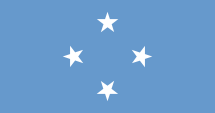
National flag,
ratio = 10:19,
Source, by:
Flags of the World






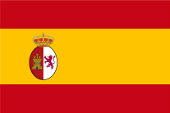
1785–1899,
Flag of Spain,
Source, by: Flags of the World



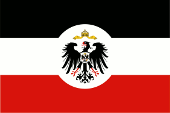
1899–1914,
Official flag of Colonial Office,
ratio = 2:3,
Source, by: Wikipedia (DE)





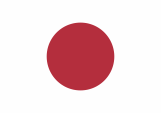
1914–1944,
Flag of Japan,
Source, by: Wikipedia (EN)




1947–1962,
UN Trust Territory,
Flag of USA,
ratio = 10:19,
Source, by: Wikipedia (DE)





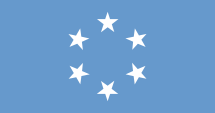
1962–1979,
UN Trust Territory,
Flag of the Pacific Islands,
ratio = 10:19,
Source, by: Flags of the World




The today's flag of Micronesia was officially introduced on the 30th of November 1978. It shows four white five-pointed stars on pale blue ground. The four stars represent the four states which the Federated State of Micronesia consist off, which even all have their own flags: Kosrae (Kusaie or also Ualan), Ponape (Pohnpei or also Ascension), Truk (Chunk, Chuuk, Ruk or also Hogolu) and Yap. Blue stands for freedom, faithfulness and also for the Pacific Ocean, white symbolizes the peaceful cohabitation of the Melanesian population groups. This flag came about the flag of the UN trust territory "Pacific Islands". That carryed six stars. Those stood for Palau, Yap, Truk, Ponape, the Marshall Islands and the Mariana Islands.
Source:
Flags of the World,
Flaggen-Atlas Erde

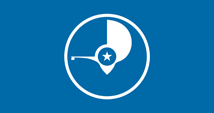
Yap
Flag of the federal state,
ratio = 10:19,
Source, by: commons.wikimedia.org



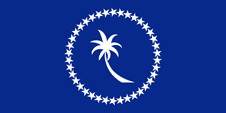
Truk
Flag of the federal state,
ratio = 1:2,
Source, by: Froztbyte, CC BY-SA 3.0, via Wikimedia Commons




Ponape
Flag of the federal state,
ratio = 10:19,
Source, by: Rosendo Aex, Jürgen Krause, Public domain, via Wikimedia Commons



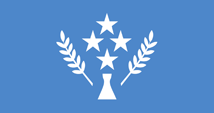
Kosrae
Flag of the federal state,
ratio = 10:19,
Source, by: Nena T. Lomo, Jürgen Krause, Public domain, via Wikimedia Commons




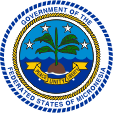
Seal of Micronesia,
Source, by: Aotearoaderivative work: Pbroks13, Public domain, via Wikimedia Commons

Micronesia uses as coat of arms a seal. It shows an in the water floating bread-fruit plant. Below a banner with the motto of the country: "Peace, Unity, Liberty". Above the plant the four stars from the flag. All around the inscription: "Government of the Federated States of Micronesia"
Source:
Wikipedia (EN)

Location:
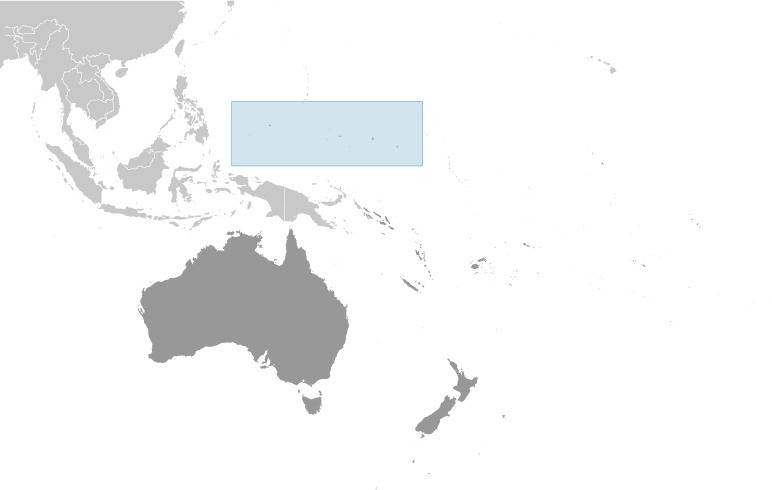
Source: CIA World Factbook
Map of the country:
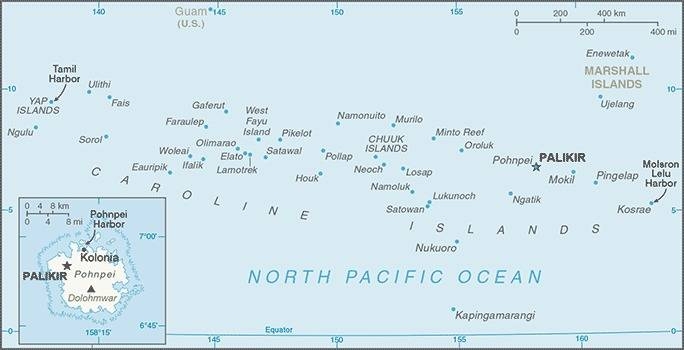
Source: CIA World Factbook

Area: 271 square miles
Inhabitants: 115.000 inh. (2020), thereof ca. 89% Micronesians, 6,4% other (e.g. Europeans), 1,8% Asian, 3% Polynesians
Religions: 55% Roman Catholic, 42% Protestant
Density of Population: 424 inh./sq.mi.
Capital: Palikir (on Ponape Island), 5.000 inh. (2010)
official Language: English
other Languages: Micronesian dialects, Spanish
Currency: 1 US-Dollar (USD, US$) = 100 Cents
Time Zones:
Yap: GMT + 10 h
Truk: GMT + 10 h
Ponape: GMT + 11 h
Kosrae: GMT + 11 h
Source:
Wikipedia (D)

ca. 1500 B.C. · first settlement on the islands
1525 · discovery of the Caroline Islands by Portugese seafarers
1528 · the Spanish seafarer Saavedra explores the Caroline Islands
1686 · the Caroline Islands become a Spanish possession, Spanish colonization
1899 · Spain sells the Caroline Islands to the German Empire
1914 · First World War (1914–1918), occupation by Japanese troops
1920 · Versailles Dictate, the German Empire loses all its colonies, the Caroline Islands become officially – together with the other German possessions (Marshall Islands and Mariana Islands) in Micronesia – as "Pacific Islands" a Mandate Territory of the League of Nations under Japanese mandate
1944 · Second World War (1939–1945), occupation by US-American troops
1945 · the Caroline Islands become handed over from Japan to the USA
1947 · formation of the UN trust territory of the "Pacific Islands" (Mariana Islands, Marshall Islands, Caroline Islands) under US-American administration
1965 · establishment of an own legislative congregation for the Pacific Islands
1978 · referendum for the formation of the Federated State of Micronesia after the end of the USA administration on the Pacific Islands, the Mariana Islands leave the society of the Pacific Islands and become a with the USA associated state
1979 · the Marshall Islands leave the society of the Pacific Islands and become in 1986 a with the USA associated state, elections on the Caroline Islands to the parliament of the Federated State of Micronesia, new constitution
1981 · the Palau Islands leave the Federated State of Micronesia become in 1993 a with the USA associated state and in 1994 independent
1982 · the Federated State of Micronesia get partially self administration
1983 · agreement about a free association of the islands with the USA after termination of the trust status
1986 · formal end of the USA administration, the Federated State of Micronesia become a with the USA associated state
1990 · official abolition of the UN trust territory
1991 · joining to the UN
Source:
Atlas zur Geschichte,
World Statesmen,
Wikipedia (D)

The term Micronesia has its roots in the Greek language and means "small islands". The name Micronesia is though in use for a very large region of the Pacific Ocean. It extends from the Mariana Islands and the Palau Islands to the Samoa Islands. The Federated State of Micronesia themselves are only a part of the area.
Source:
Handbuch der geographischen Namen,
Volker Preuß


![]()



































